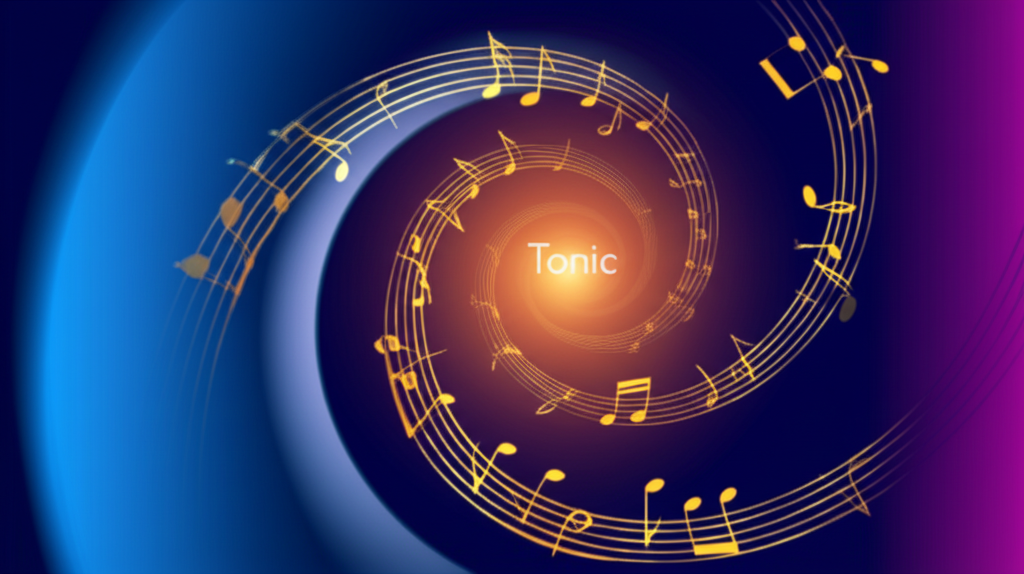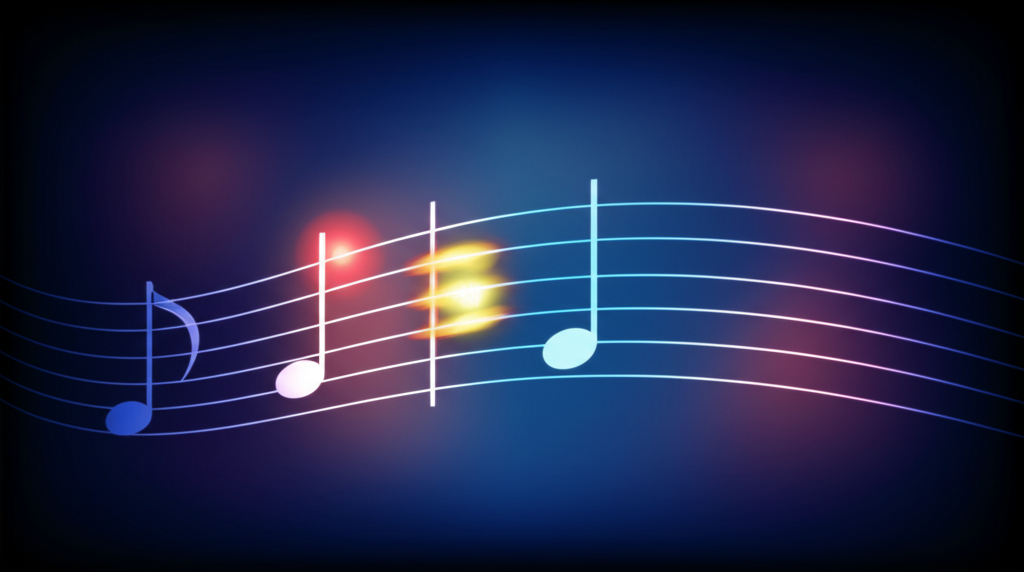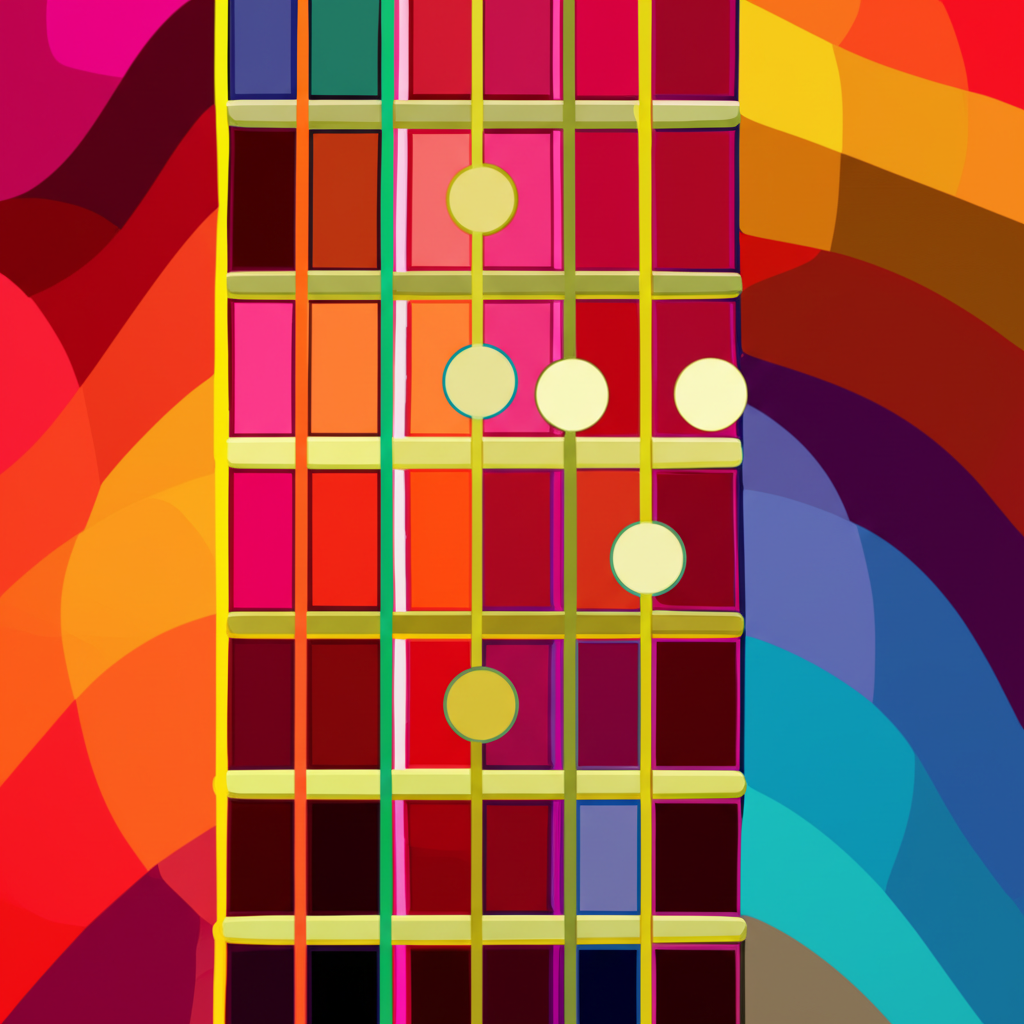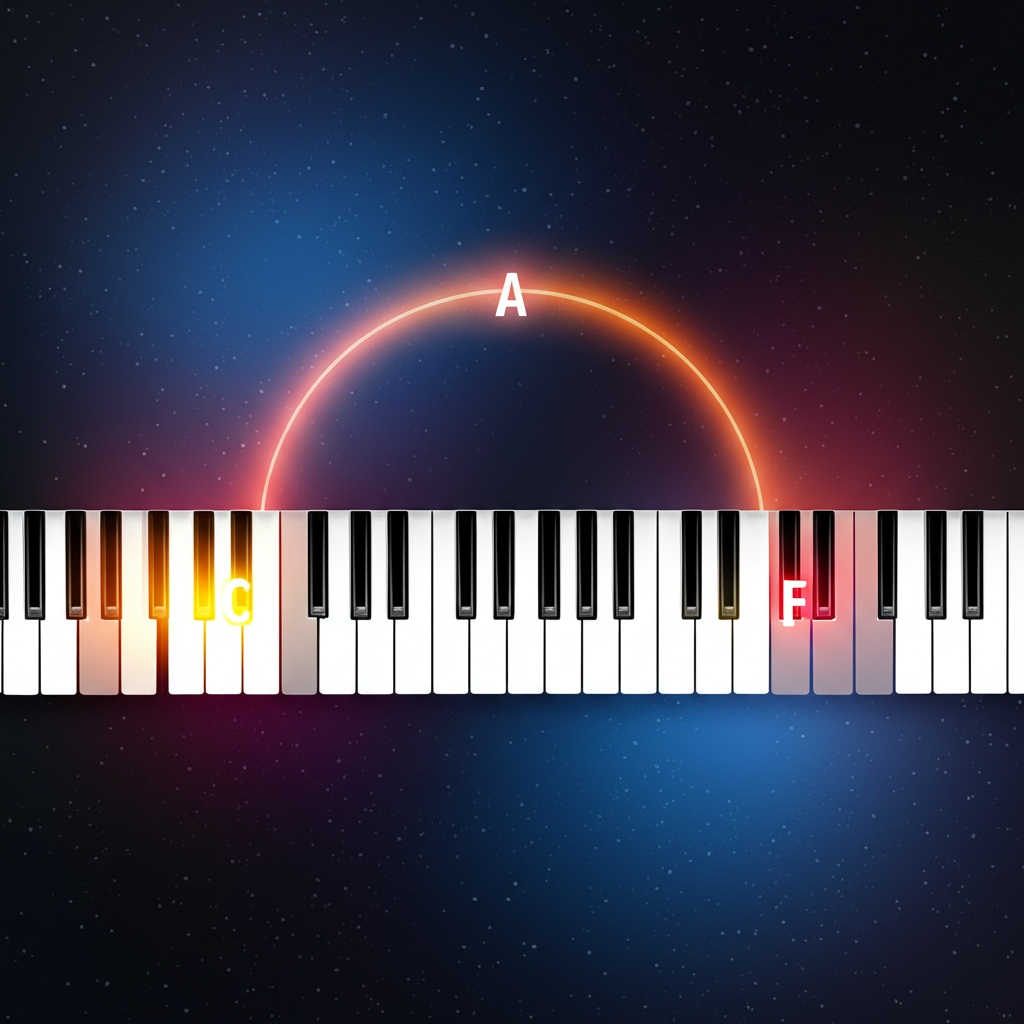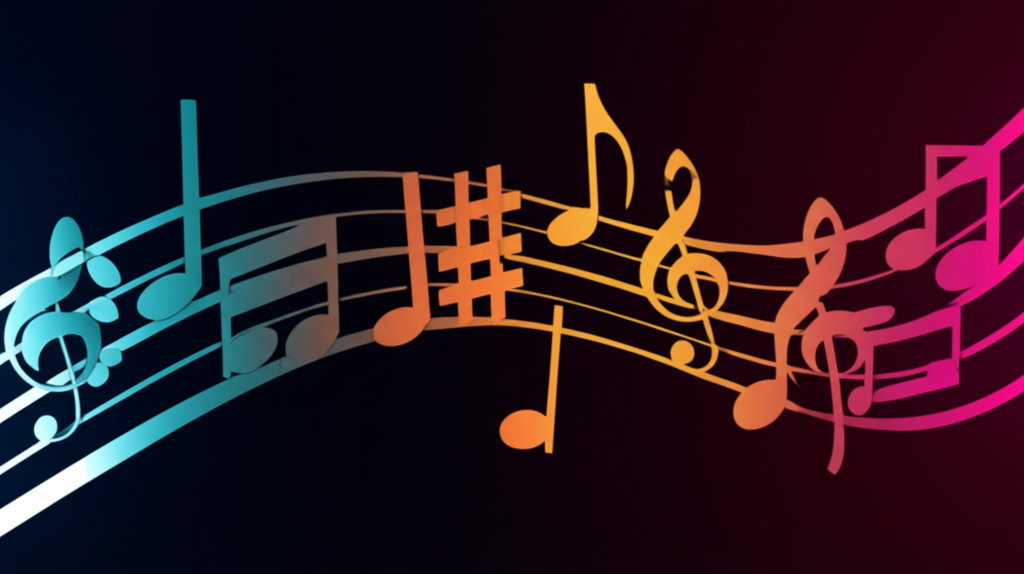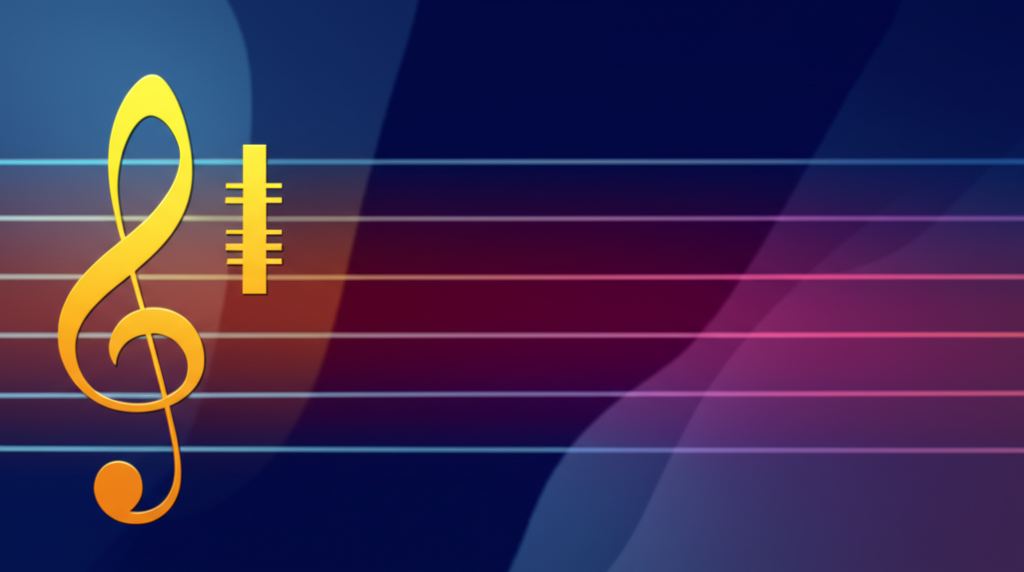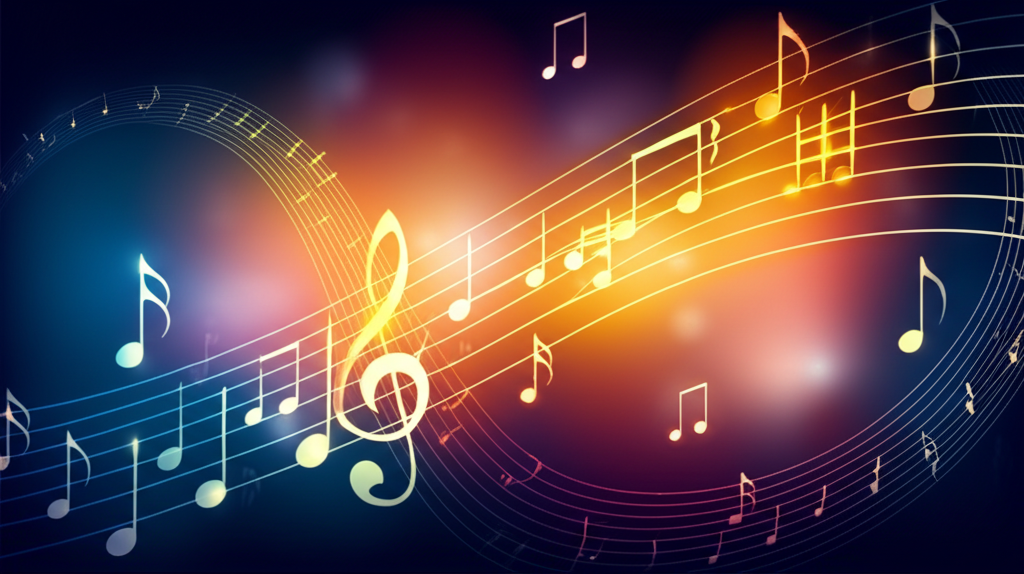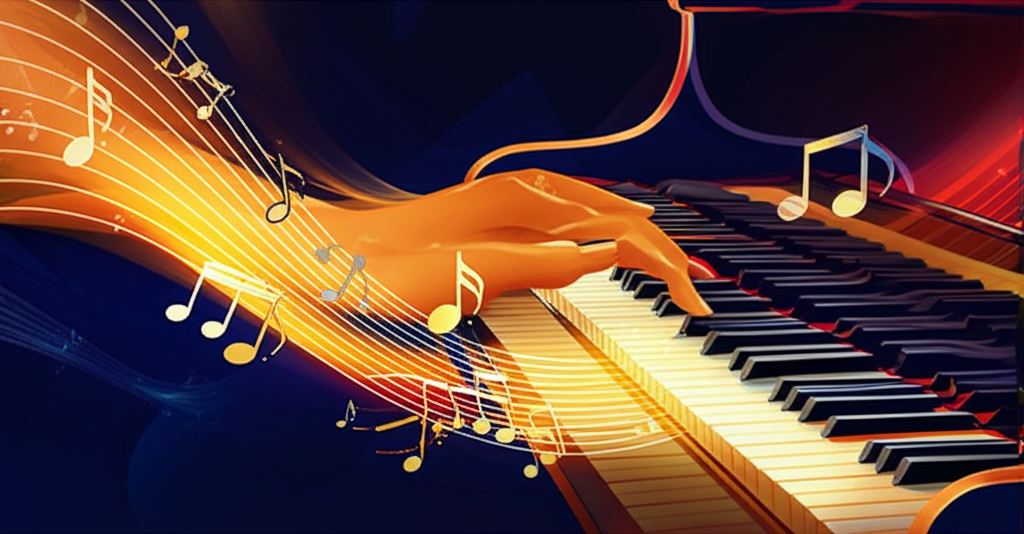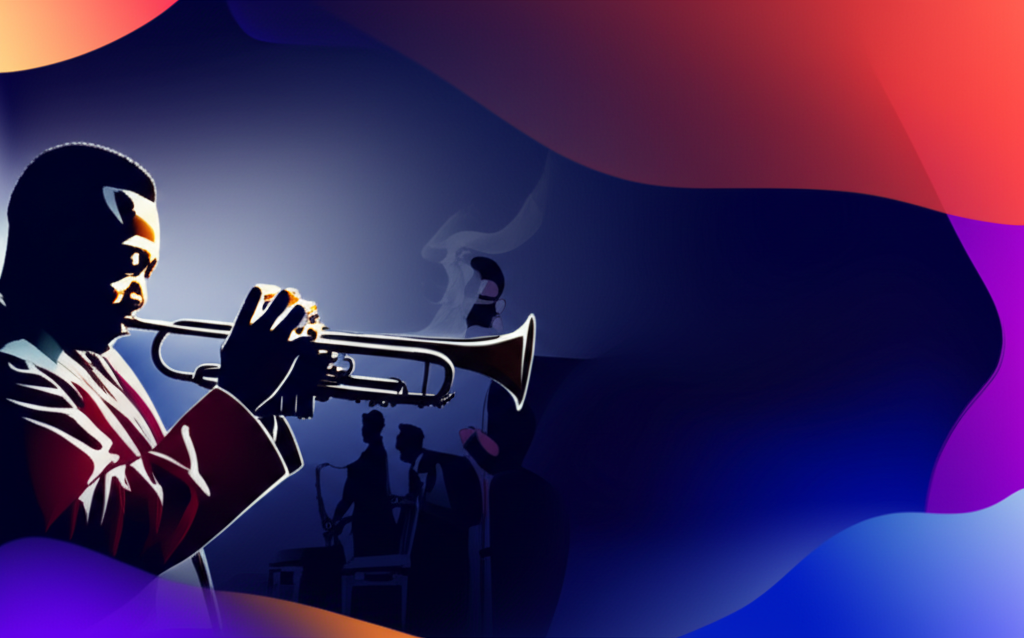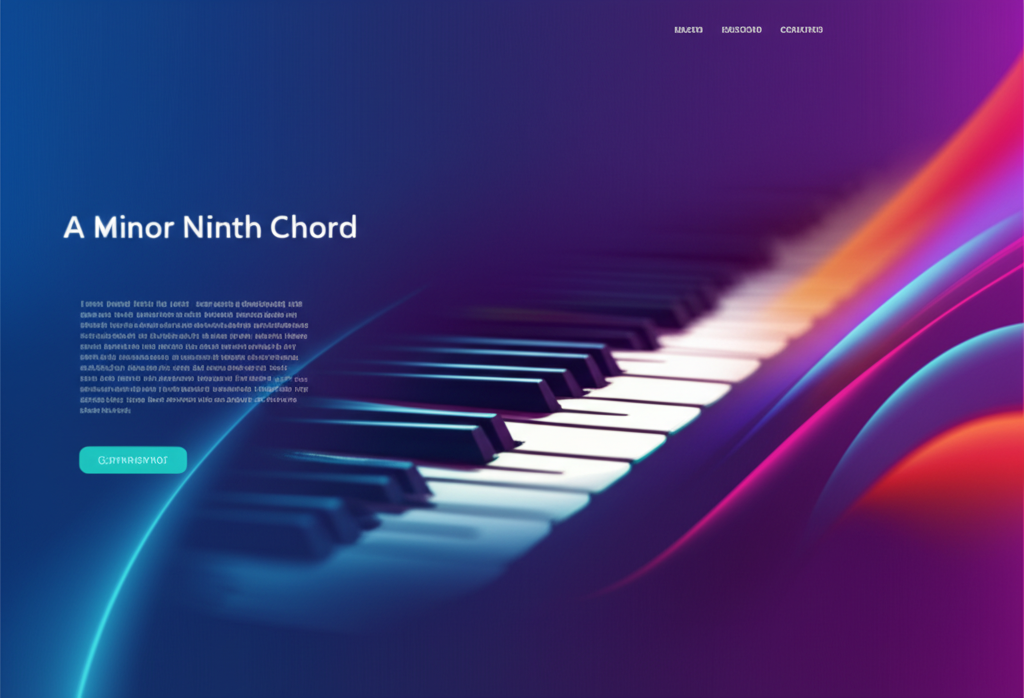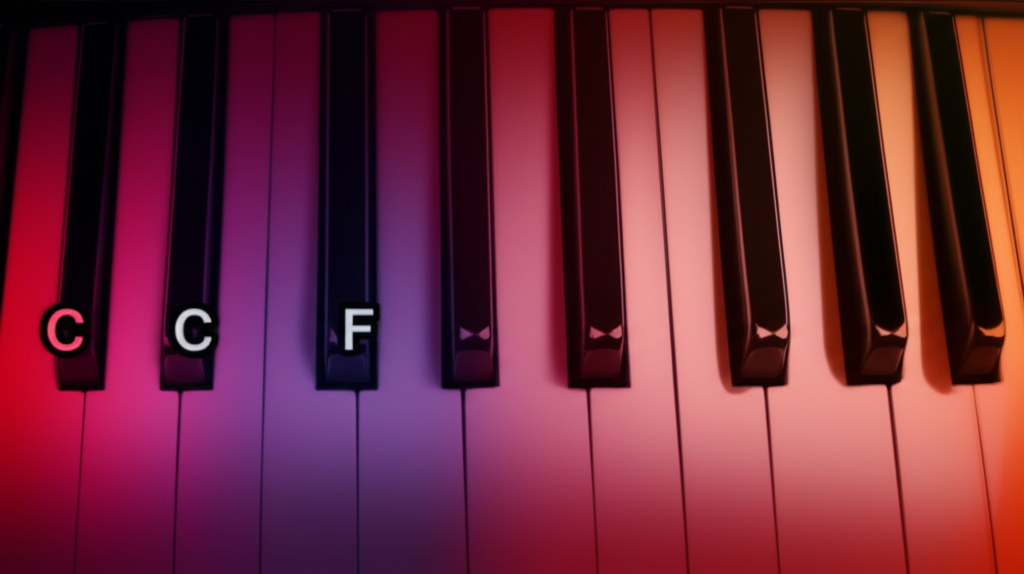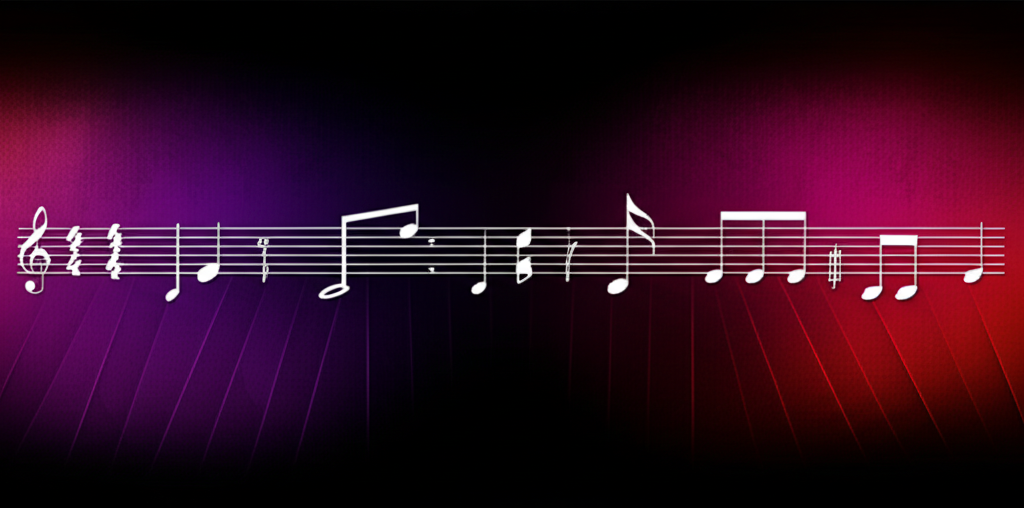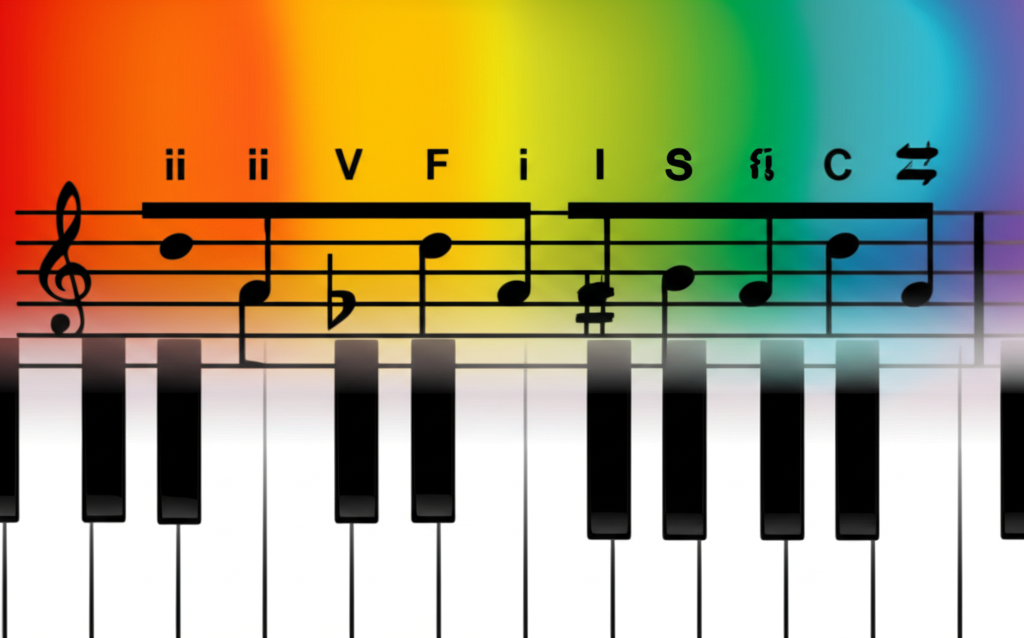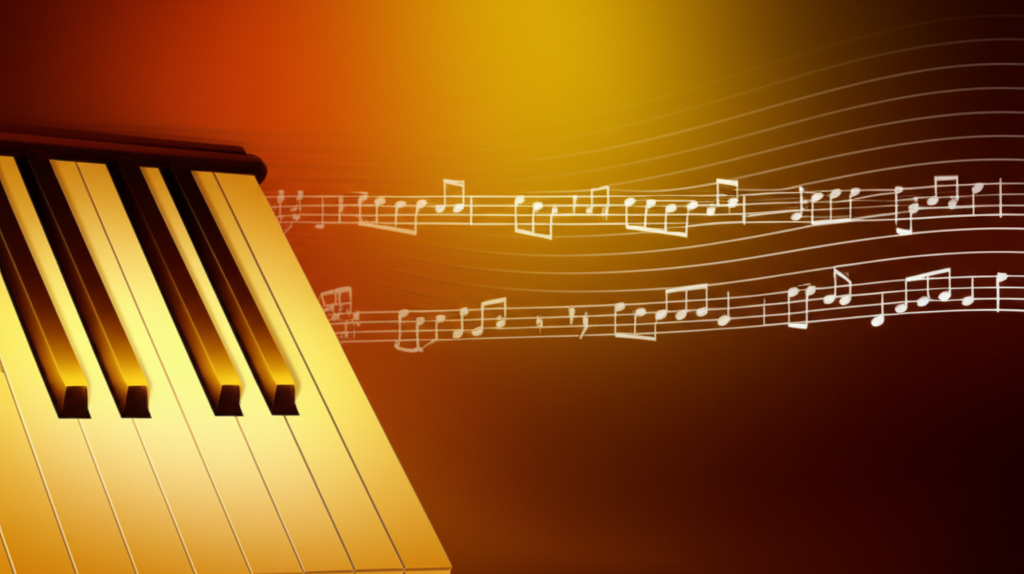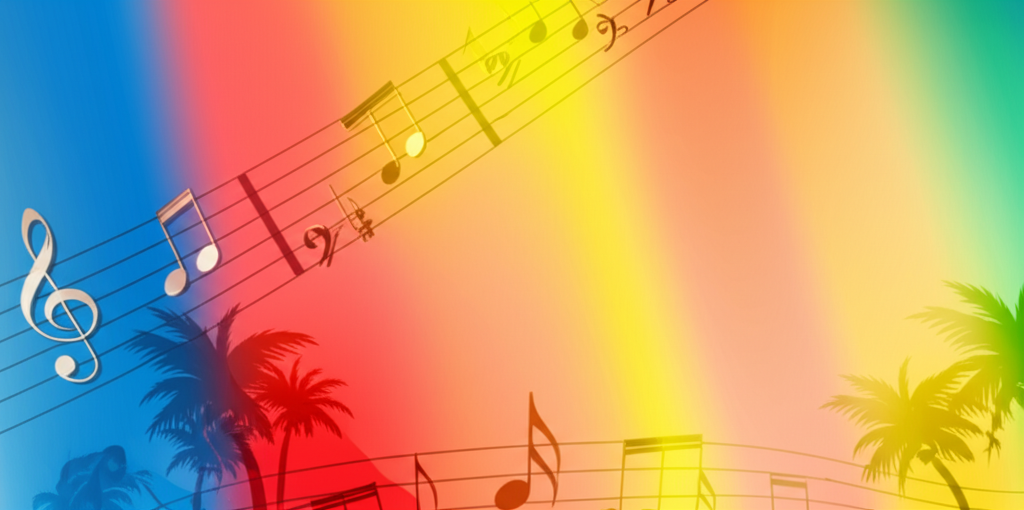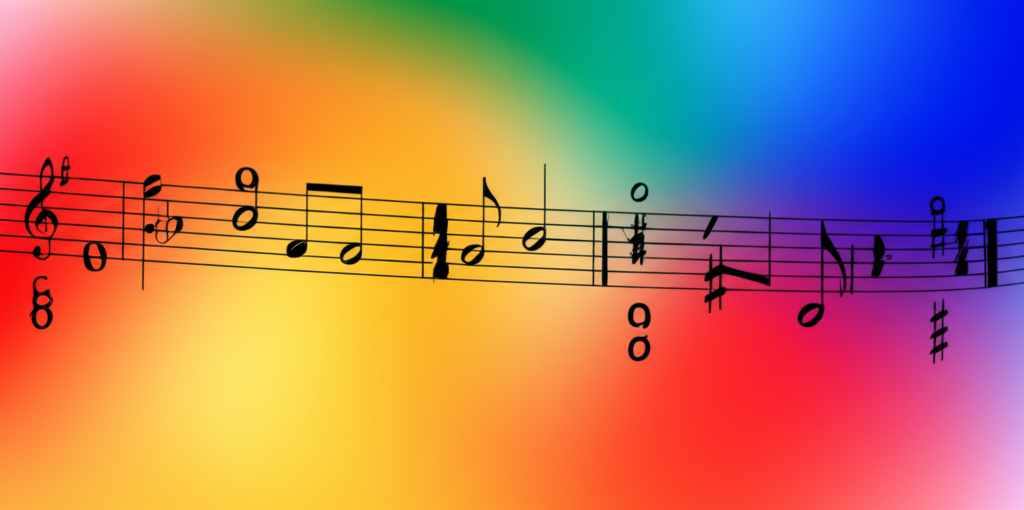
Altered Chords: Adding Color and Tension to Your Music

b4n1
May 17, 2025, 4:26 p.m.
Altered Chords: Adding Color and Tension to Your Music
Summary:
Altered chords are sophisticated harmonic tools that add richness and tension to music through chromatic modifications of standard chord tones. This comprehensive guide explores the various types of altered chords, their construction, common uses, and practical applications across different musical genres, from jazz to classical music. Understanding altered chords opens up new possibilities for harmony and expression in composition and improvisation.
Keywords:
altered chords, altered dominant chords, chromatic harmony, jazz harmony, chord extensions, chord substitutions, harmonic tension, reharmonization, dominant alterations, modern harmony
Introduction:
In the vast palette of harmonic colors available to musicians, altered chords stand out for their ability to create sophisticated tension and dramatic resolution. These chords go beyond standard harmony by incorporating chromatic alterations of specific chord tones, adding complexity and emotional depth to musical expressions.
While altered chords appear in various musical contexts, they are particularly prominent in jazz harmony, where they help create the genre's characteristic sophisticated sound. However, their use extends far beyond jazz, enriching the harmonic language of many styles from impressionist classical music to contemporary film scoring.
Definition and Types:
Basic Definition
An altered chord is any chord where one or more notes have been chromatically raised or lowered from their original position in the standard chord structure. The term "altered" most commonly refers to dominant seventh chords where the 5th and/or 9th have been altered (raised or lowered by a half step).
Common Types of Alterations
- Altered Fifth: The perfect 5th can be either flattened (♭5) or sharpened (♯5/♭13)
- Altered Ninth: The 9th can be flattened (♭9) or sharpened (♯9)
- Combined Alterations: Multiple alterations can be combined (e.g., 7♭9♭5)
Common Altered Dominant Chords
- 7♭9: Dominant seventh with flatted ninth
- 7♯9: Dominant seventh with sharpened ninth (the "Hendrix chord")
- 7♭5: Dominant seventh with flatted fifth
- 7♯5: Dominant seventh with augmented fifth
- 7alt: Dominant seventh with multiple alterations (typically ♭9, ♯9, ♭5, and/or ♯5)
Construction and Theory:
Basic Construction
Let's examine how altered chords are built, using G7alt as an example:
Example: G7alt Chord Construction
Common Voicings
Here are some practical voicings for altered dominant chords:
Example: Altered Dominant Voicings
Practical Applications:
Jazz Context
In jazz, altered chords are commonly used in:
- II-V-I progressions to create tension before resolution
- Turnarounds and chord substitutions
- Blues progressions for added sophistication
- Modal jazz for harmonic color
Example: Jazz II-V-I with Alterations
Rock and Pop Usage
In rock and pop music, altered chords appear in:
- The "Hendrix chord" (7♯9) in songs like "Purple Haze"
- Progressive rock harmony
- Bridge sections for harmonic contrast
- Modal interchange passages
Example: Rock Style Altered Chord Usage
Practice Approaches:
Piano Voicings
For pianists, practice these standard altered chord voicings:
G7♭9: LH: G RH: F Ab B D G7♯9: LH: G RH: F A# B D G7♭5: LH: G RH: F Db B G7♯5: LH: G RH: F D# B G7alt: LH: G RH: F Ab Db
Guitar Voicings
For guitarists, here are some practical altered chord shapes:
G7♭9: 7x788x G7♯9: 7x798x G7♭5: 7x678x G7♯5: 7x678x G7alt: 7x789x
Common Progressions and Examples:
Basic Progressions
Example: Common Altered Chord Progressions
Practice Exercises
Exercise: Altered Dominant Sequence
Historical Context:
Altered chords emerged gradually in classical music during the Romantic period, with composers like Wagner and Debussy pushing the boundaries of traditional harmony. However, they found their fullest expression in jazz, particularly during the bebop era of the 1940s and 1950s.
Key Innovators
- Charlie Parker: Pioneered the use of altered dominants in bebop
- John Coltrane: Explored altered harmony in modal contexts
- Thelonious Monk: Developed unique approaches to altered chord voicings
- Jimi Hendrix: Popularized the 7♯9 chord in rock music
Practice Strategies:
For Improvisers
- Practice the altered scale (7th mode of melodic minor) over altered dominants
- Work on voice leading through altered chord progressions
- Develop vocabulary using altered chord tones
- Study transcriptions of solos that use altered harmony
For Composers
- Experiment with different combinations of alterations
- Practice reharmonizing standard progressions using altered chords
- Study the voice leading implications of different alterations
- Explore the relationship between altered chords and their scales
Conclusion:
Altered chords represent one of the most sophisticated aspects of modern harmony. While they may seem complex at first, understanding and incorporating altered chords into your musical vocabulary can dramatically expand your expressive possibilities as a musician. Whether you're a jazz improviser, a rock guitarist, or a classical composer, mastering altered chords will add new dimensions of color and tension to your music.
References:
Levine, M. (1995). The Jazz Theory Book. Sher Music Co.
Ligon, B. (2001). Jazz Theory Resources: Tonal, Harmonic, Melodic, & Rhythmic Organization of Jazz. Houston Publishing.
Nettles, B., & Graf, R. (1997). The Chord Scale Theory & Jazz Harmony. Advance Music.
Piston, W. (1987). Harmony (5th ed.). Norton & Company.
Coker, J. (1997). Elements of the Jazz Language for the Developing Improvisor. Alfred Music.
